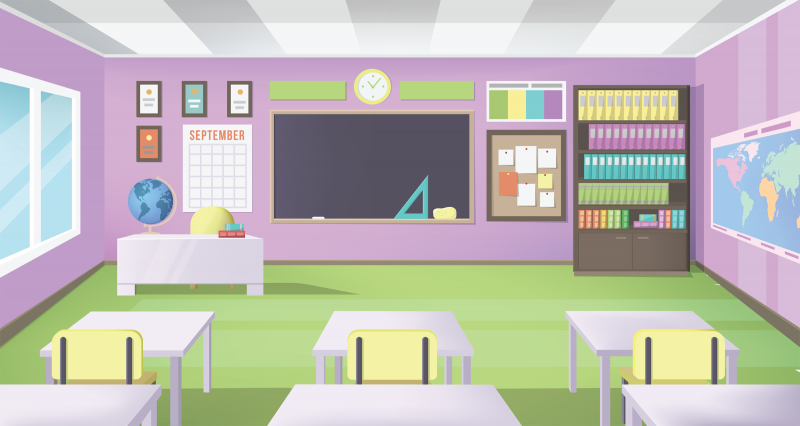
The flipped classroom model is a relatively new concept that is taking the education industry by storm. As teachers embrace new educational technology and concepts to engage students, flipped classrooms are becoming a common occurrence.
From creating an active learning environment to supporting students with different learning styles; there are many benefits of a flipped model classroom. Do you want a deeper understanding of how a flipped classroom approach can support students? Just keep reading. In this post, we’ll review what a flipped classroom is and how it can benefit both learners and educators.
In this post:
- What is a Flipped Classroom Model?
- 3 Flipped Classroom Benefits for Students
- 3 Flipped Classroom Benefits for Educators
What is a Flipped Classroom Model?

The flipped classroom model is a teaching method that challenges the traditional classroom structure. This approach involves introducing new learning materials for students to engage in independent learning at home. This may include video lessons, literature, or recorded lectures. This flipped classroom lets students explore key concepts on their own time and then expand on them when they return to the classroom setting. Instead of relying on homework to reinforce concepts, students learn the material and come to class ready to engage.
According to the International Journal of Educational Technology in Higher Education, the flipped classroom model can be used to improve the learning process overall – particularly for students who are considered to be low achievers. And there are many other benefits of a flipped classroom approach! Keep reading to discover the benefits of a flipped learning environment.
3 Flipped Classroom Benefits for Students

- In a flipped classroom, students can access content from the comfort of their own homes and learn at their own pace. This level of autonomy over is something a student simply doesn’t have in the traditional learning environment. The flipped classroom, however, encourages students to build a deeper understanding of the concepts that are introduced and to explore ideas without the pressure that comes during classroom time.
- Students who are absent can easily make up for missed learning opportunities when the flipped classroom model is implemented. Since the flipped classroom pivots on independent learning, it is more accessible than traditional teaching methods. One way it increases accessibility is by putting the initial information in the hands of the students – that way, when a student is absent, they don’t miss pertinent information and can easily catch up to their classmates.
- Students develop a deeper connection to the ideas and concepts that are introduced in class. Students benefit from the varied learning approaches that come with a flipped classroom model – particularly ones with varied learning styles. For those students, a flipped classroom – with its implementation of flipped lectures, online videos, and other multimedia content – can work wonders to keep them engaged.
3 Flipped Classroom Benefits for Educators

- Educators can use class time to help students hone a deeper understanding of key concepts – instead of introducing new learning materials like they would in a traditional classroom structure.
- Teachers can use a multimedia approach to guide students throughout their lesson plans. With the use of educational technology, instructional videos, or other video content; educators can create an environment conducive to effective learning.
- Educators can spend less time creating learning materials for their lessons. Unlike a traditional lecture, digital learning materials are easily updated and can be distributed over and over again. The flipped classroom model, with its integration of technology and supplemental learning materials, can help teachers cut down on the amount of time they spend making content for their classes.
Conclusion
The flipped classroom model is taking over the e-learning industry and it’s no secret why. It can be implemented in lower-level and higher education settings and used by teachers who educate students on a variety of subjects – making it a flexible and effective learning method for a variety of people. With students, this model can help them develop a better understanding of concepts that are hard to grasp. And for educators, this teaching style can eliminate prep work and help them guide their students to the desired learning outcomes.
References
Nouri, J. The flipped classroom: for active, effective, and increased learning – especially for low achievers. Int J Educ Technol High Educ 13, 33 (2016). https://doi.org/10.1186/s41239-016-0032-z




